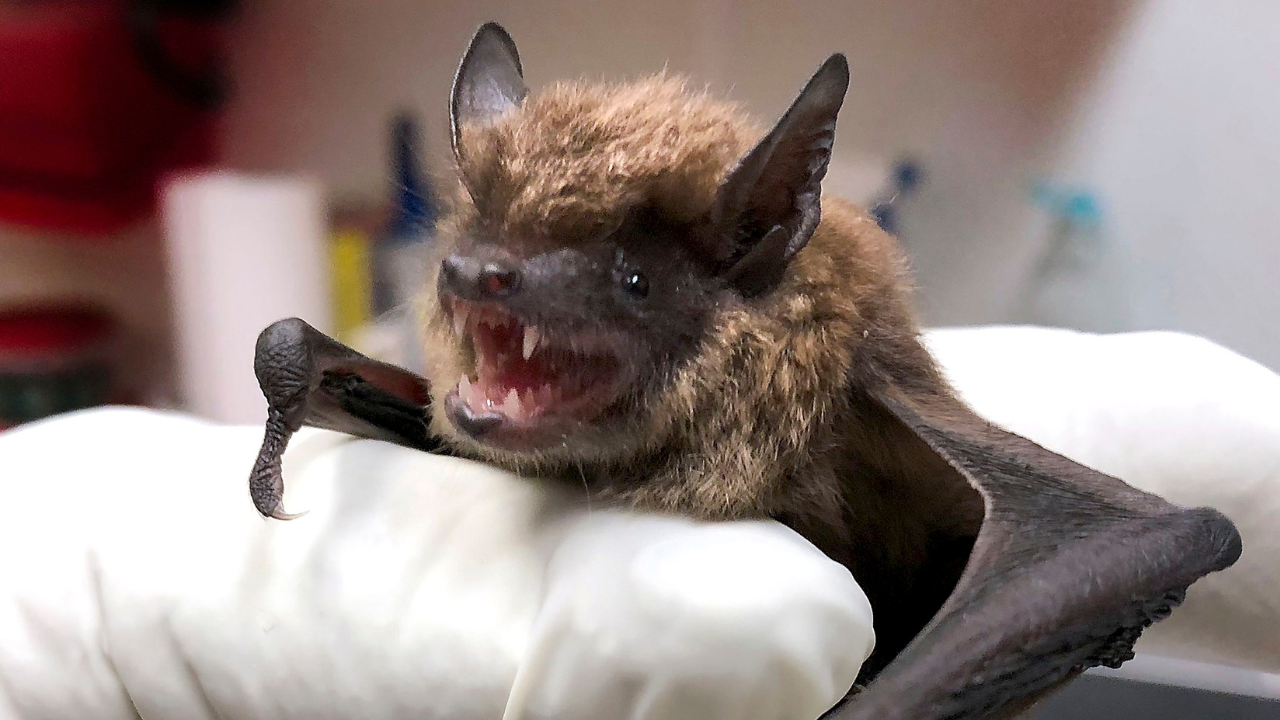According to CBC News, the Brant County Health Unit (BCHU) has identified a bat from the Gowanda area in the Timiskaming region, north of Sudbury, as the likely source of exposure.
Rabies, a viral disease affecting the brain and spinal cord, is often fatal if left untreated.
Dr Kieran Moore, Ontario’s Chief Medical Officer of Health, said that the infection is believed to have occurred following “direct contact” with a bat.
Dr Moore urged anyone in Ontario who has had direct contact with a bat, even in the absence of visible bites or scratches, or has been exposed to saliva or tissues from an infected animal, to seek immediate medical attention.
As a precautionary measure, close contacts of the infected person, including family members and healthcare workers, are being assessed and offered post-exposure prophylaxis. “The healthcare provider, in consultation with the local public health unit, will assess the risk of rabies and may offer vaccines to prevent infection,” said Dr Moore.
The standard treatment for rabies exposure, which involves a dose of rabies immune globulin followed by a series of rabies vaccines, is nearly 100% effective if administered promptly.
Human cases of rabies are exceptionally rare in Canada, with only 26 recorded instances since 1924, and there has never been a documented case of human-to-human transmission.
To help keep residents and their pets safe, the BCHU has provided several tips, including ensuring pets and livestock are up to date on rabies vaccinations, avoiding contact with unfamiliar animals, keeping pets away from wildlife, supervising children around animals, not allowing pets to roam freely outdoors, and feeding pets indoors to prevent attracting wildlife. If anyone comes into contact with a bat or rabid animal, they should immediately wash the wound with soap and water and seek medical care.






